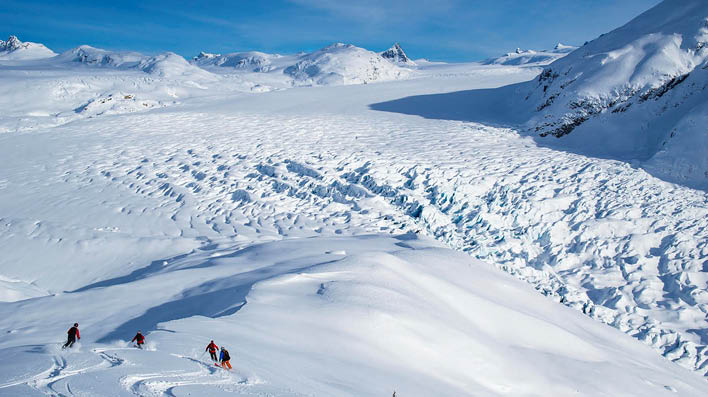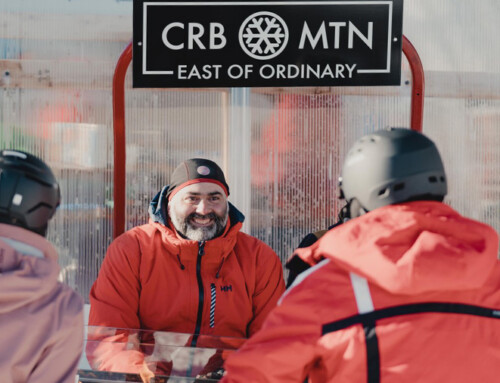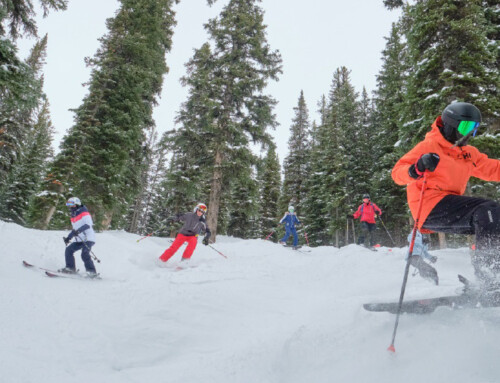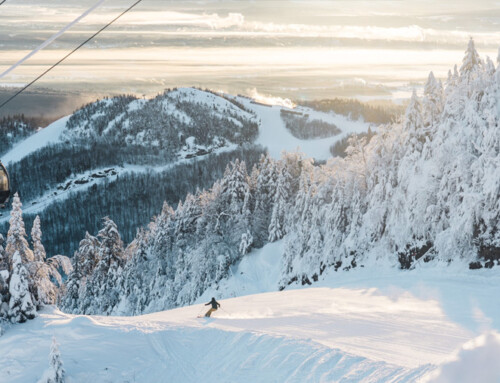Heli and Catskiing– Can I Do It?
By Feet Banks
Believe the hype: catboarding rules and heliskiing is the best.
And no matter who you are or where you come from, a good day in a heli or snowcat will reset your boundaries of how good life can be.
The deep, untouched powder, the vast mountain views, the roar of the heli as it lifts away and that total, empty silence of the wilderness sinks in…there truly are very few ski or snowboard experiences that compare.
But you pay for them, and a lot of people are adverse to shelling out the dough for fear that their ability level can’t handle the big mountains. In reality though, most of us probably can.
“I’d say if you are intermediate level, you can heli-ski,” says Christian Begin, legendary ski filmmaker and co-owner of Bella Coola Helispots in the Coast Mountains of British Columbia.
“A lot of it has to do with the new fat skis,” Begin adds. “In the old days you had to be more advanced or expert for sure, but with the big skis everyone floats. An intermediate can have a great day heli-skiing.”
Another factor not everyone considers is fitness. Top heli runs can be 5000 vertical feet long, which is 2-5 times higher than most eastern ski hills. Are your legs ready for a full day of the longest runs of your life?
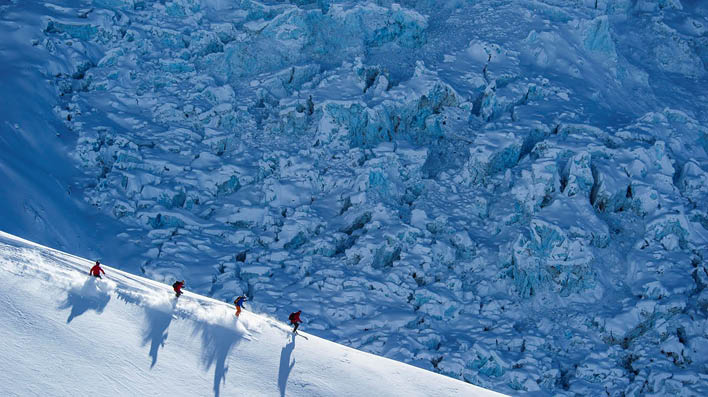
“That is one of the nice things about catboarding,” explains snowboard legend Ken Achenbach, whose current official job title is “Quality Tester” at Whistler’s Powder Mountain Catskiing.
“Most of the world doesn’t get 60 days of riding a year,” Achenbach continues, “so those big, long runs can leave you exhausted before you even get to the bottom. Our catskiing runs are shorter, from 1500-2500 vert, and right when you start to get tired is often also where the cat pick up point is. So you can ride each run like a superhero.”
A common fear for the first timer is holding up the group. Heli operations will often put skiers and boarders of similar ability together (an easier feat with the smaller 5-seat A-star helicopters than the larger Bell 212s).
Good guides from any operation will tailor the run to the group and snow conditions but things are simpler in the snowcat. The cat can only turn a lap so fast, so the speed of the group and individuals matters less. The fastest riders wait at the bottom of the run with the lead guide for the cat to arrive, while everyone else skis at their own speed with the tail guide “sweeping up” at the back.
Achenbach says that 90% of the time even the slowest skier arrives at the bottom of the run before or about the same time as the snowcat. “No one has been waiting for anyone and the anxiety over ‘keeping up’ disappears” he explains. “Then you get a break while the cat brings you back to the top and it’s repeat, all day long.”
“Most of our guests are intermediate. If you think about the ski hills, it’s usually ice or moguls or unavoidable steeps that give intermediates a hard time. Those are things we just don’t have up here and there is an easy route around pretty much anything intimidating.” He adds that after skiing powder all day it’s amazing how quickly people’s comfort and skill levels rise. “It’s amazing the progression that happens in a day.”
So saddle up all you intermediates who’ve been sitting on the fence. Reserve the fat skis and go see for yourself why almost anyone who returns from their first heli or cat trip has that 1000-yard stare and blissful smile of someone who’s mind was just blown from having the best ski day of their life.



